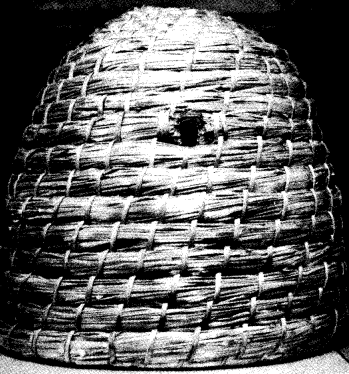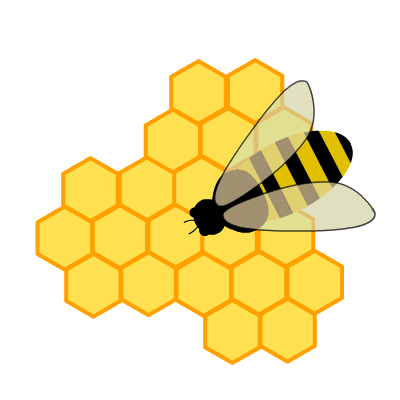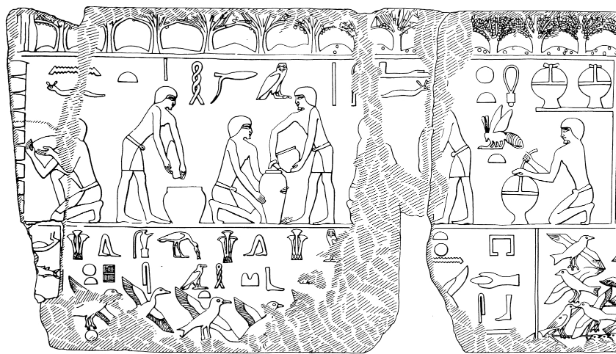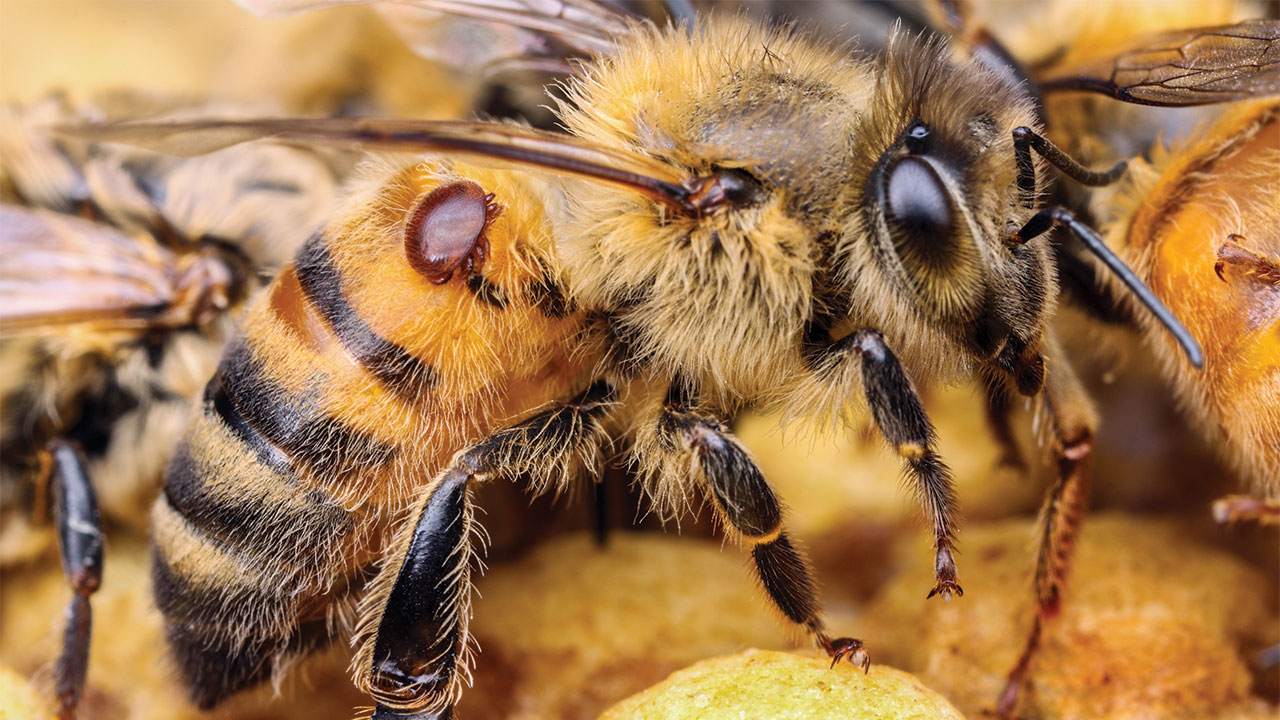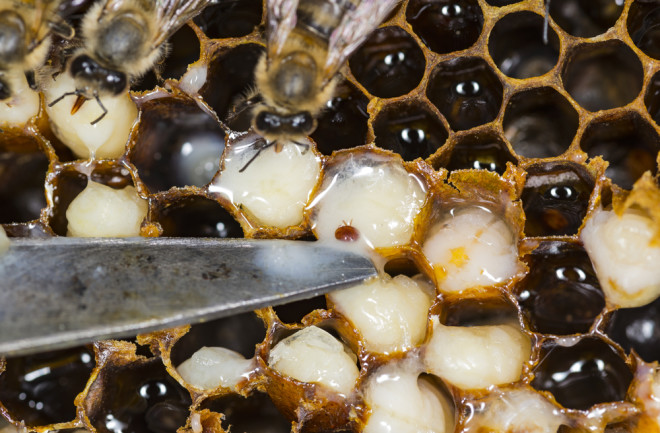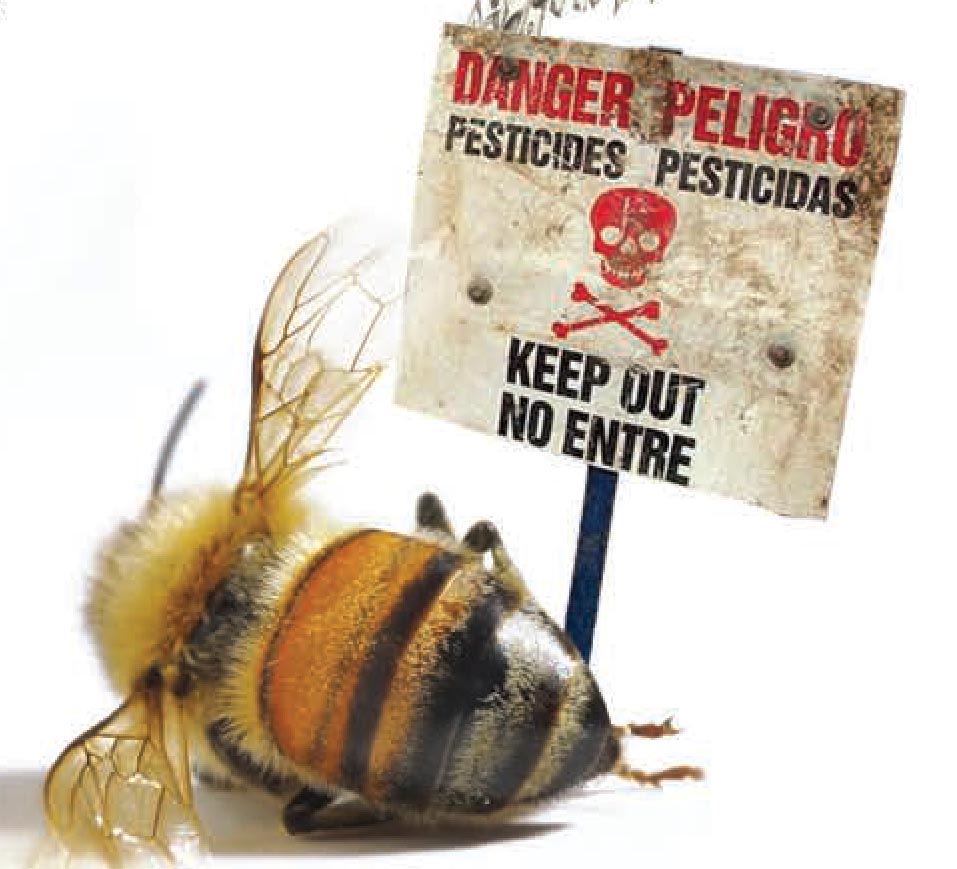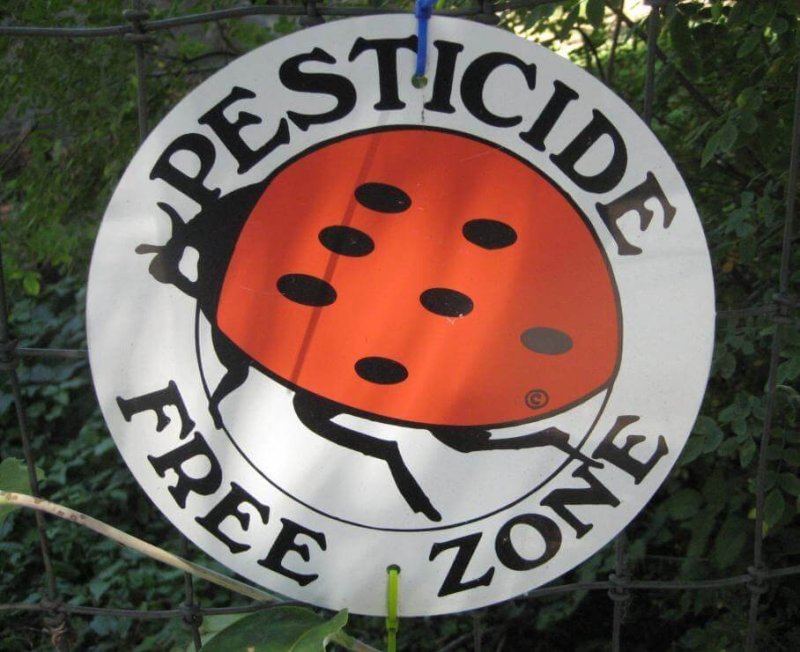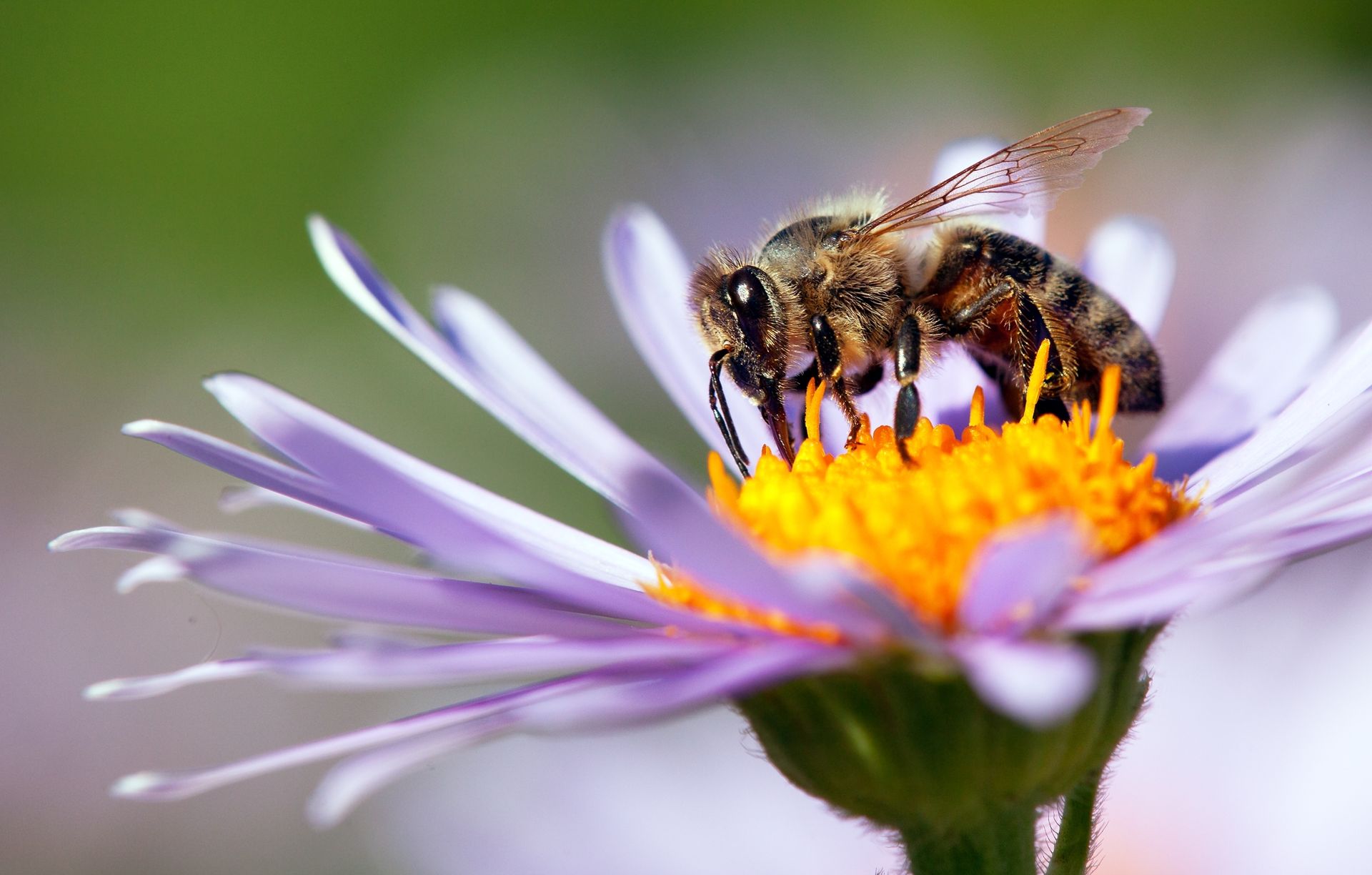"Those bees, which chose thy sweet mouth for their hive, to gather honey from thy works, survive."
- Thomas Pecke, Parnassi Puerperium, 1659
Bees were first transported to the United States in Connecticut, 1644. Many hives were kept in secure wooden boxes, where they could not be easily taken out and placed elsewhere, as colonizers of America most commonly used them for supplying their family with nutrients, food, and selling them off for money in the 1600's. Many beekeepers had difficulty maintaining bees in their farms, and a common method for keeping a steady bee count was to capture hives in the fall, and burn the trees the hives were on.
Below is an image of the boxes that they stored bees in.
